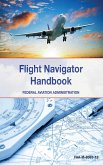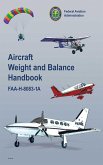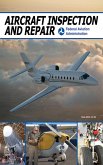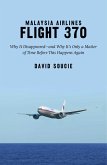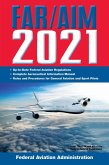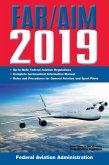The #1 guide to understanding the "why and how" of fly-by-wire flight control systems. This book is an approachable and easily understandable must-read for aviation professionals!
Why don't new aircraft designs allow the pilots a mechanical control connection? This book explains how fly-by-wire fixes the top 5 problems with mechanical controls for high performance aircraft. Rather than describe a particular aircraft's design with confusing acronyms, readers will get a "behind the scenes" understanding for the critical concepts that apply to any modern aircraft. Because these design principles are easily described and understood, readers of this book will be armed with knowledge as they approach their flight manual procedures.
Including:
Buy this book to read on your next layover!
Why don't new aircraft designs allow the pilots a mechanical control connection? This book explains how fly-by-wire fixes the top 5 problems with mechanical controls for high performance aircraft. Rather than describe a particular aircraft's design with confusing acronyms, readers will get a "behind the scenes" understanding for the critical concepts that apply to any modern aircraft. Because these design principles are easily described and understood, readers of this book will be armed with knowledge as they approach their flight manual procedures.
Including:
- Problems with mechanical flight controls
- Advantages of fly-by-wire
- How and why can fly-by-wire control systems fail?
- Why are four computers better than one or two?
- Explanations of the control laws used by business jets, fighters, and airliners
- What sensors are needed, and how the system maintains control when sensors are lost
- Design considerations for risk mitigation in case of component failures
Buy this book to read on your next layover!
Dieser Download kann aus rechtlichen Gründen nur mit Rechnungsadresse in A, B, CY, CZ, D, DK, EW, E, FIN, F, GR, H, IRL, I, LT, L, LR, M, NL, PL, P, R, S, SLO, SK ausgeliefert werden.




